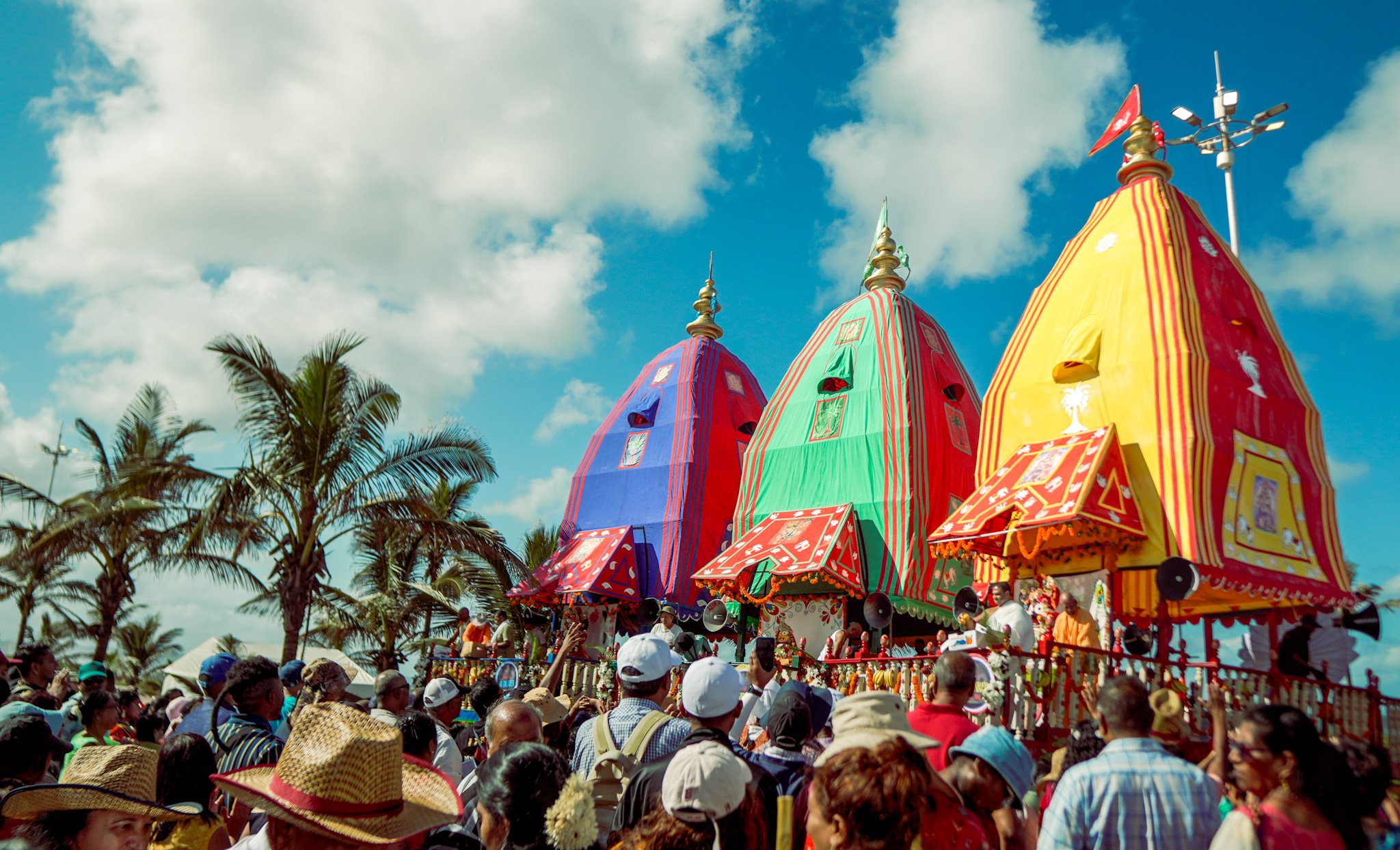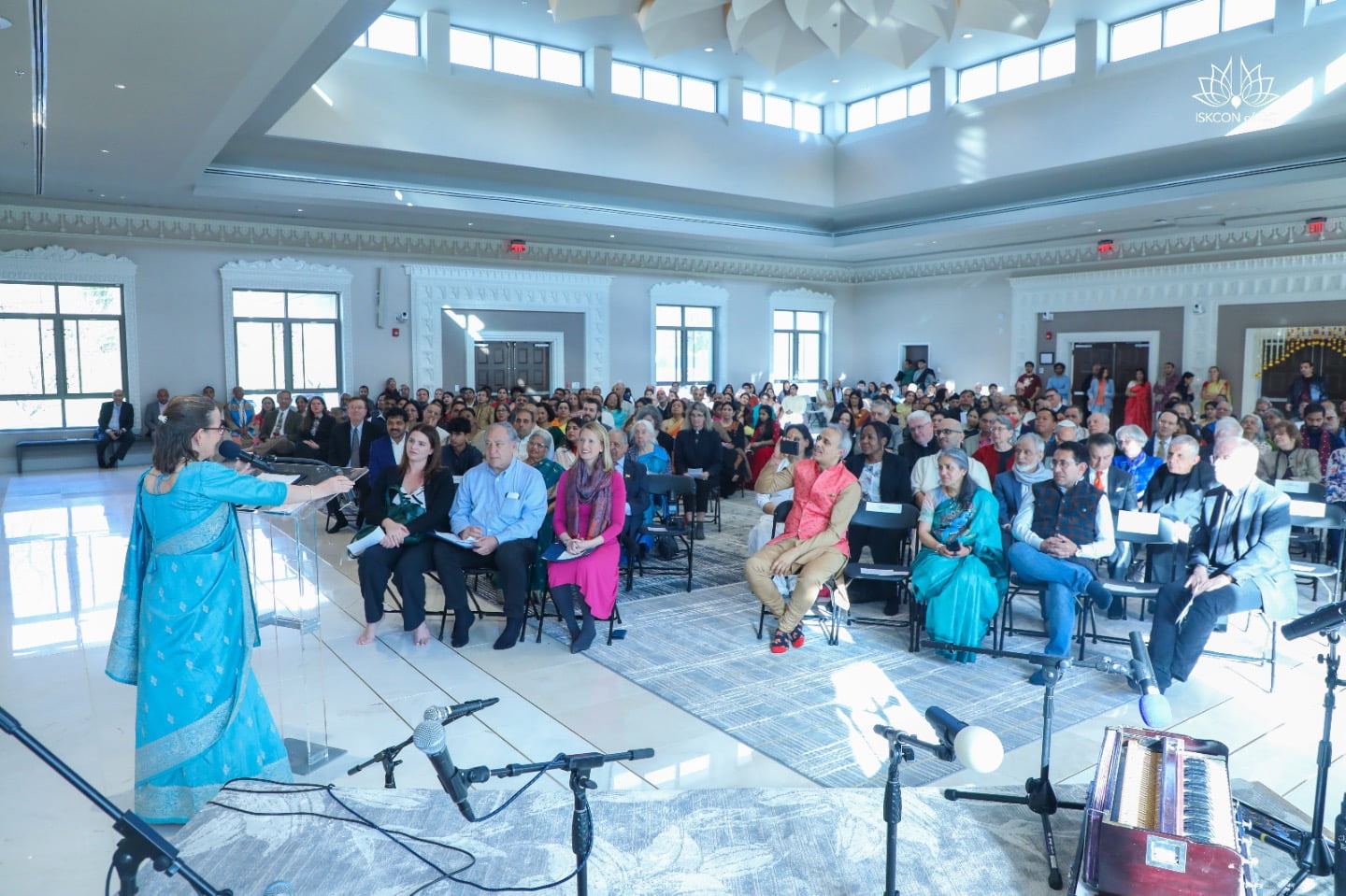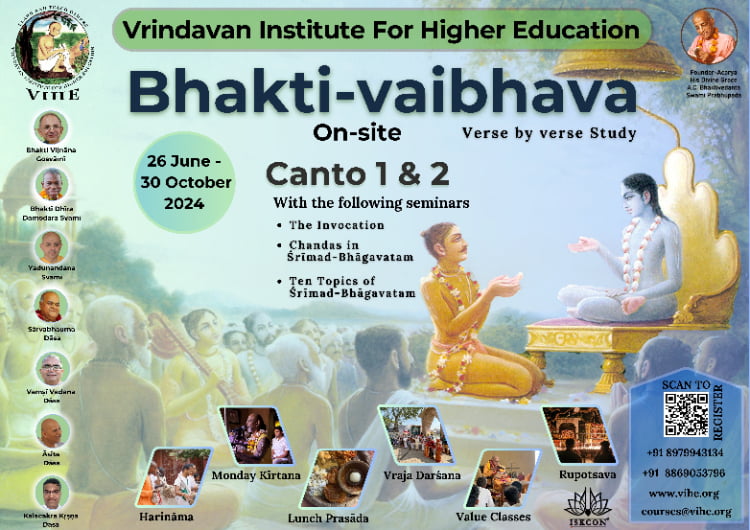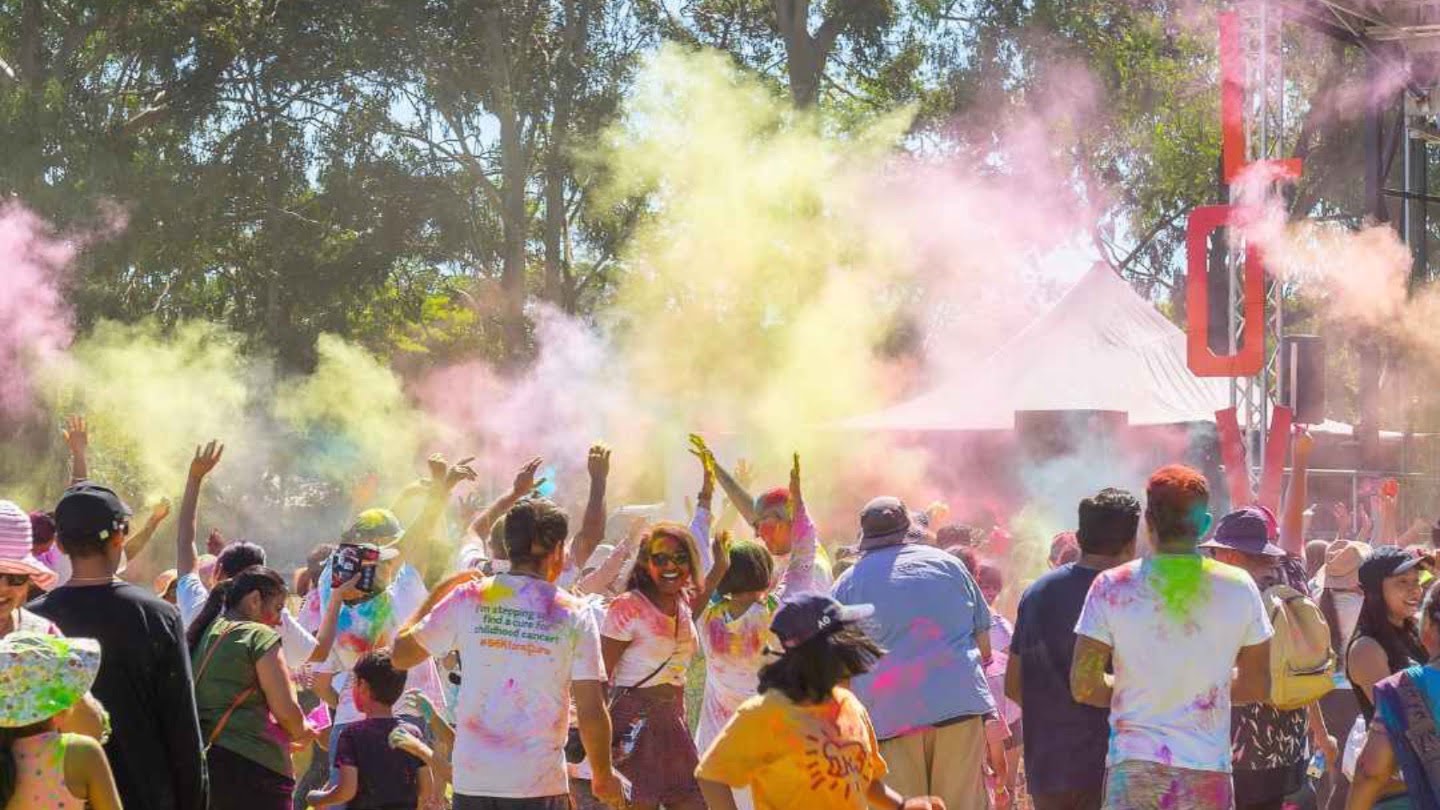Toronto’s Kirtan Collective Turns Chanting Into an Art Form
By Madhava Smullen | Oct 20, 2012
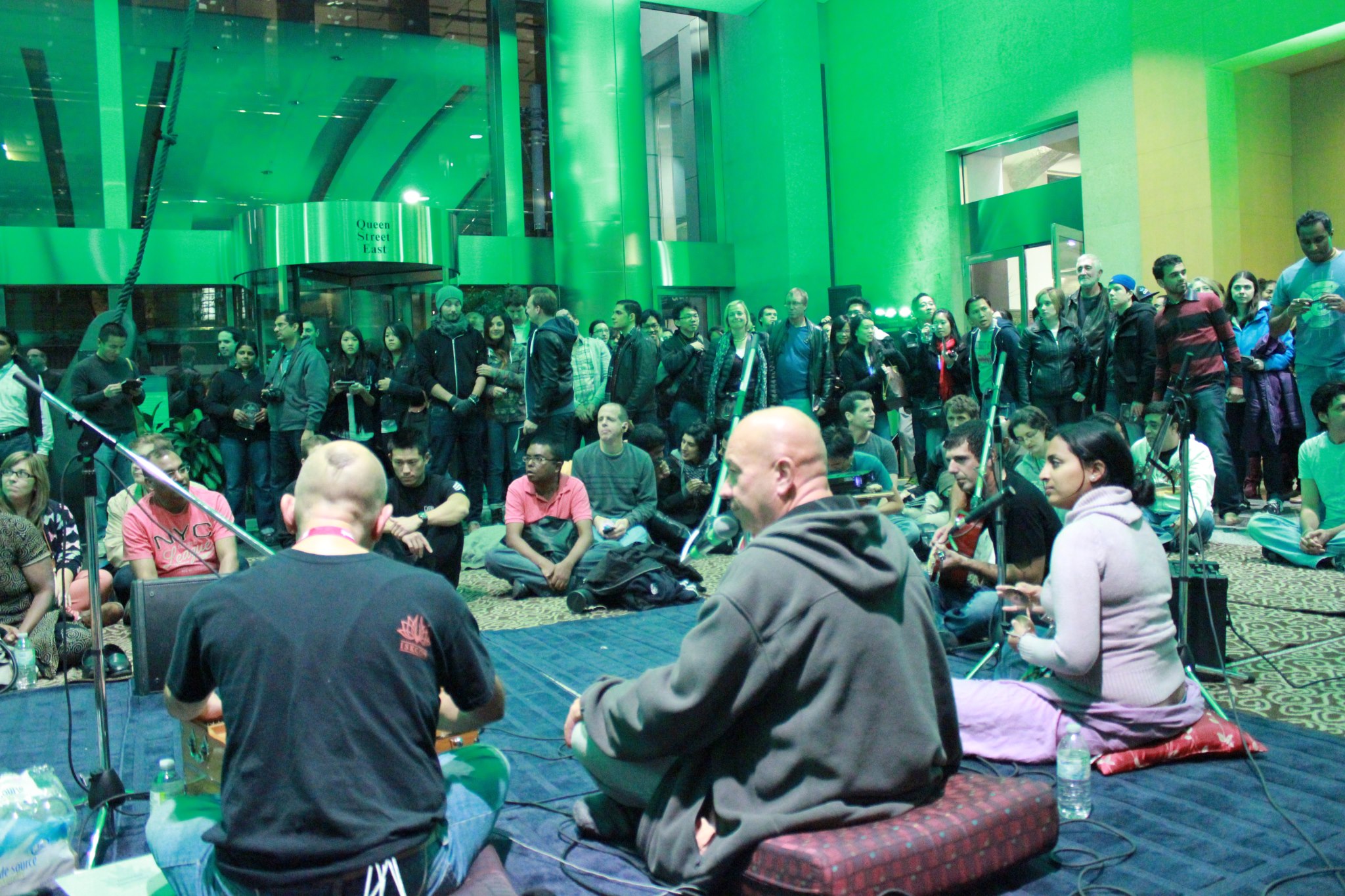
Nearly 12,000 people viewed and participated in a unique performance art piece by the Kirtan Collective at Toronto’s Nuit Blanche arts festival this year, during the night of September 29th to 30th.
Nuit Blanche, literally ‘White Night’ in French, originated in Paris and is now in its seventh year in Toronto, where it draws over one million people. On one night every year, from sunset to sunrise, downtown Toronto is transformed into a huge art gallery, bringing contemporary art to the masses.
For the event, organizer the City of Toronto and sponsor Scotiabank commission major art pieces from around the world.
They also invite local artists to apply in two categories: Independent, wherein artists must fund their own pieces and find their own locations, and the more selective Open Call, wherein only fifteen artists are chosen to have their pieces funded by the City.
The Kirtan Collective, a group whose members are artists and musicians from the Toronto ISKCON community, was chosen as one of the fifteen out of nearly 300 applicants.
The group, which has presented kirtan—the ancient Vedic system of call and response chanting—in public spaces since 2008, proposed a piece called “Eva Kevalam: Shifting Time and Space.”
“Eva Kevalam is a phrase from an ancient verse prescribing the constant recitation of sacred mantras,” says Kirtan Collective member Keshava Sharma. “We wanted to create a hybrid performance that would bridge Eastern chanting with contemporary Western art.”
To do this, the chanters proposed to utilize the contemporary art concept of Relational Aesthetics, in which the viewer becomes part of the art piece. Such audience participation has, of course, been an integral part of kirtan for hundreds of years—without it, the kirtan remains only partially realized.

“In our 12-hour chanting performance, we also proposed to shift time and space by transporting Nuit Blanche attendees from the streets of downtown Toronto back to a time 500 years ago in South Asia, when there were no skyscraper buildings, and the power of sound brought people together,” Keshava says.
Sure enough, the Kirtan Collective delivered. And the Nuit Blanche crowds responded, making the Relational Aesthetics concept a success.
As the twenty-musician Collective did their final soundchecks at a downtown commercial skyscraper lobby at Yonge and Queen, people began lining up outside, pressing their faces against the glass in anticipation.
At 7:03pm, the official time of sunset, the doors opened and people poured into the large space, carpeted with Persian-style rugs. Within half-an-hour, it was packed wall to wall.
For twelve hours until sunrise the next morning at 7:00am, a line-up of seasoned chanters and musicians sang the Hare Krishna mantra, a simple yet powerful ancient Sanskrit chant that can be delivered in an endless variety of tunes and tempos.
Artists including Amala Kirtan Das from Brazil, Vani, Kana and Dharma from Florida, and Toronto’s famous walking monk Bhakti Marg Swami sat on the floor at the back of the space, while the audience gathered in a semi-circle around them.

Traditional kirtan instruments such as harmonium, mridanga and kartals were combined with western instruments such as violin and acoustic and bass guitar to create a unique East-meets-West flavor.
Adding a contemporary art twist, two screens on either side of the chanters creatively depicted the kirtan’s effect on them and on the audience.
“One screen featured a live shot of the entire crowd taken with a thermal camera supplied by FLIR Systems,” says Keshava. “This showed how people’s body
temperatures reacted to the changing tempo of the kirtan.”
The other screen, meanwhile, displayed three kinds of information: the lead chanters’ heartbeat per minute in wave form and in numbers; their oxygen levels; and their respiration, all in real time.
“To do this, we approached the Toronto Heart Centre, a private clinic which, like FLIR Systems, were so excited about the project that they provided us with the equipment we required for free,” Keshava says. “They even sent us an on-site technician to help use it.”
Before each lead chanter began singing, three leeds—the sticky white circles familiar to viewers of hospital TV shows—were affixed on each of their shoulders and on their ribs just below their heart. Wires were then attached to these, and fed into a mobile ECG machine, to display the chanter’s heartbeat.
Each chanter was also affixed with a toe clip to monitor oxygen levels.

“The displays provided a popular interactive element to our performance, while the technician remarked to us that he was amazed to see how intense the kirtan leader’s heartbeat was,” says Keshava.
To add to the atmosphere, six high-powered LED light panels surrounded the lobby space, creating shifting tones of pink and purple that pulsed along with the music.
Meanwhile, the kirtan ebbed and flowed throughout the night, moving from meditative, absorbing melodies, to rocking chants, as the irrepressible Bhakti Marg Swami had audience members grooving to the music and following synchronized dance routines.
The sounds of the kirtan, pounding out across one of Toronto’s busiest thoroughfares, drew exactly 11,855 people throughout the night, as counted by Nuit Blanche’s official door staff.
“That’s an average of 1,000 people an hour,” says Susan Edelstein, a university visual arts professor and member of the Kirtan Collective. “And they didn’t just walk through, as with many other pieces at Nuit Blanche. It was relational aesthetics in action. They stayed, they danced, they clapped, they sang along. There were young people, and old grandmas, and little two-year olds bouncing up and down in their strollers. Everyone participated.”
She adds: “It was so popular that the Nuit Blanche door staff had to hold people back because the space had reached capacity. At times, there were hundreds lining up outside waiting to get in and participate in the kirtan.”
With the Nuit Blanche event a roaring success, the Kirtan Collective hope to continue working with the Toronto arts community.
“Art comes from your heart, from the deep recesses of your very core,” says Keshava. “So it’s been my personal experience that spirituality seems to resonate well with artists—especially Bhakti-yoga, the path of expressive love and devotion. We look forward to sharing it with them more in the future.”





